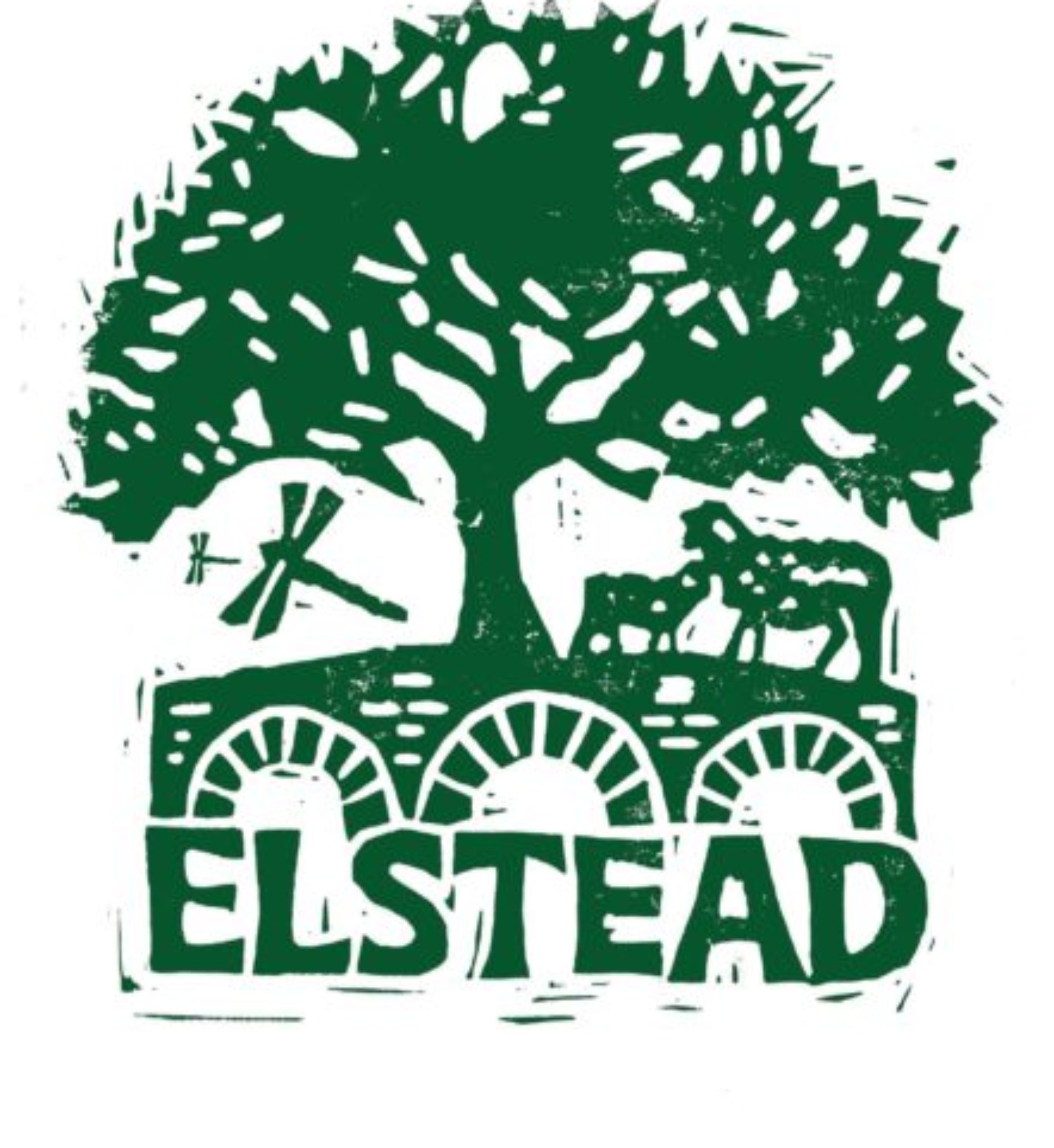Chapter 8
20th CENTURY, PEOPLE & PLACES
The 20th Century heralded an era of tremendous change in every walk of life. Technological advance ushered in an age of enormous mobility, social and geographical. Not only did people improve their own prospects in life through improved educational opportunities, but for the first time it became common place to think of living and working anywhere in the country or indeed, the world.
The effect of all this on small country villages, especially those close to the great magnet of London, is not difficult to imagine. A book published a few years ago was entitled “The End of Tradition – Country Life in Central Surrey”. It is fashionable to lament the passing of traditional rural life, and the invasion of what were once the homes of local people by “week-enders”, working in the towns, and contributing little to the life of the village community. The passing of the old country crafts was lamented as long ago as 1880 by Gertrude Jekyll, artist, photographer and landscape gardener extraordinary in her hook “Old West Surrey”
Although there has been a revival of rural crafts in recent years, it is true to say that they have largely died out in the face of competition from the mass produced product. It is with the people that we see the least change. Although Elstead has seen a tremendous influx of population with much new building, Elstead people have always been firmly rooted in their native heath, given to moving around the village perhaps, in their progression through life, from a big house to a small one, but never leaving the village entirely. We have already remarked on the continuity of families in the area, and this has continued to be the case all through the changes of two world wars, and countless other upheavals. Even today, a significant proportion of the population have parents and even grandparents from the village and, whether as a result of this or not, it is hard to say, community life flourishes.
Transport and communication are one of the main areas where village life has seen most changes in the present century. The coming of motorised transport, and its spreading throughout all sections of the population so that nowadays it is an unusual family without a car, not only encourages travel, it brings national and international affairs into the life of the village, and manufactured goods and foodstuffs too, in a way that would have been unthinkable a century ago. The first telephone was installed in 1913 and by 1936 there were “well over 100 telephones in the village”.
There is a very interesting study of Elstead compiled in 1936 by Olive Medcalf as part of her teacher training course, and now itself of considerable historic interest. She said that very few of the older inhabitants had single occupations – the Farnham carrier was the Sexton, the farmer ran a milk round etc. Bakers delivered in the village from Godalming and even Grayshot in those supposedly less civilised days, so local people had a good choice of tradesmen.
Mr George Legg and his carriers cart have already been mentioned. This would have been the only public vehicle at the turn of the century. It plied to Godalming and back daily, and to Guildford twice a week, on Tuesday and Friday. Chandlers have been mentioned as having their pony and trap for hire and these two represented public transport in Elstead up until the First World War.
In 1914, Mr E. Medcalf bought the carriers business from Mr. Legg, and after the war Mr. Dick May, one of the great figures in the modern life of the village, started his carriers round.
May’s Motors was founded in 1920. He began as a general carrier, with a small van, “buying out” the round of another man. His route ran from Cock Hill to Shackleford, Hurtmore, and Charterhouse to Godalming and back to Elstead over the same route. Cards with a large “M” in house windows showed him that his services were needed, at 3d. per parcel. Helped by his brother, he then started in the haulage business, and then a bus company. Mays made four trips a day to Godalming during the period of their bus operations finishing in the village at 5.20 p.m. On a Saturday, they would pick up at 5.45 p.m. to go to the Hippodrome at Aldershot, arriving back in the village at 10 p.m. and then going back to Godalming to pick people up from the “old bugpit” as the picture house in Station Road, run by a Mr. Fudger, was popularly known!
The bus business was separate from the garage and to find out how it began we cannot do better than quote the words of the founder himself. “Sir Edgar Home, late Chairman of the Prudential …. approached me when I started a carrier’s business through Shackleford, Surrey. He asked me if I was interested in running a private bus through Elstead and Shackleford to Godalming daily. I told him I would if I had the money to do it with. Well, we met at his house (now Aldro School) on a Sunday morning, formed a company, five of us, they put up four fifths of the money and I put up one fifth, subject of course to several things. I got a fourteen-seater going and it was quite a success. After twelve months I was called to Sir Edgar’s home for a meeting and they thanked me for the way I ran it, and the way I had kept up my payments to buy them out, and so I became the sole proprietor and the bus was then my own. Later on the business grew to five vehicles. Lord and Lady Middleton owned Peperharow Park, adjoining Sir Edgar’s property and they all appreciated the Mays for running a private bus service in their district thus keeping out the big bus companies”.
